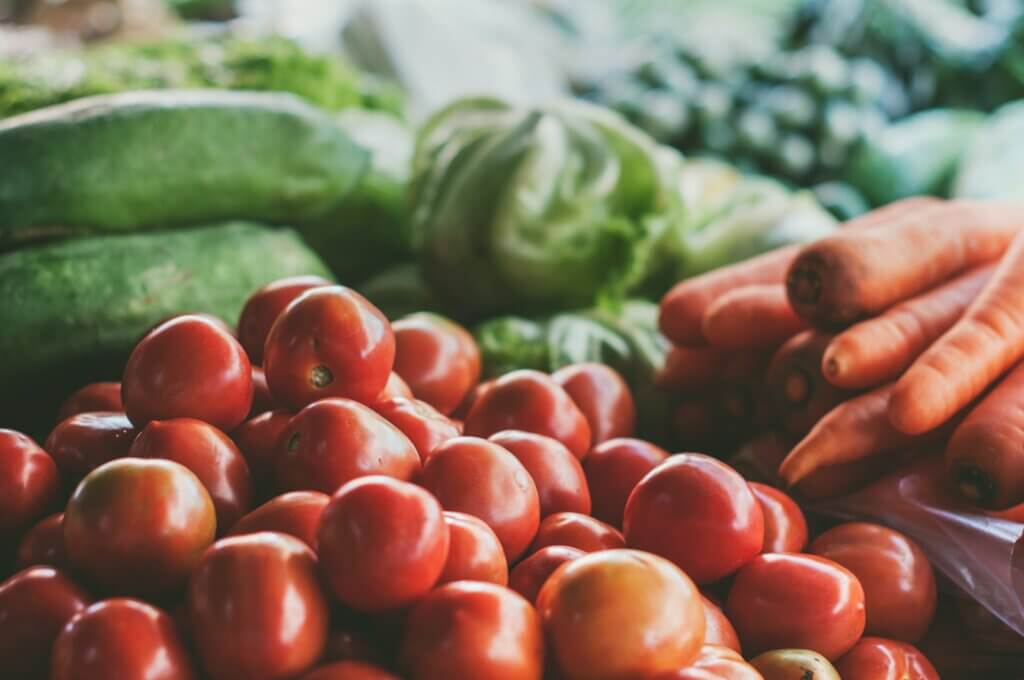
By Harrison Sweet, Food and Soil Committee
Over the past year, the pandemic has exposed the limitations and problems with our globalized and hyper-connected world. We have seen toilet paper shortages, hospital and healthcare services overrun, and a worldwide shipping delay costing billions of dollars from a ship stuck in the Suez Canal. We’ve seen the spread of disinformation and conspiracy theories about the pandemic as well as the radicalization of many Americans by the global social media apps like Twitter and Facebook. We have seen transnational corporations force people back to work without proper safety protection and governments open up way too early. We have seen the ugly side of globalization.
In a recent book by Helena Norberg-Hodges, she lays out a scathing critique of globalization and proposes a new way of living that’s more sustainable, healthier and gives people more meaning: localization. Norberg-Hodges defines localization as “a process of economic decentralization that enables communities, regions, and nations to take more control of their own affairs…shortening the distance between producers and consumers wherever possible, and striking a healthier balance between local and global markets” (Norberg-Hodge 2019). Now, this can often be confused with isolationism, or protectionism but more specifically localization is a process of counter-development through a “recognition of what older cultures often did well: they relied on local resources and local knowledge to meet people’s material needs…[and] they put a high value on community ties, which enabled them to meet people’s psychological need for connection and security” (Norberg-Hodge 2019). Localization is about trying to find a better balance between the energy we spend on our own towns and cities and the energy we spend on big, transnational companies.
A key part in this definition of localization is local foods, which are foods that are “grown and harvested within 100 miles of your home or the restaurant where it’s served. It doesn’t come from large commercial farms, and it isn’t transported over long distances…Locally grown foods are found at farmer’s markets, roadside farm stands, pick-your-own food farms and through Community Supported Agriculture (CSA) programs” (Amisson 2020). Local foods have many benefits on top of the decreased distance that food travels which include improving community health, increasing environmental education and enriching food security. Having the source of the food nearby helps community members see the process their food goes through as it travels from the farm to their house, deepening the connection between them and the environment.
This connection also strengthens community bonds and helps both farmers decrease their economic uncertainty every year and educators teaching children about where their food comes from and how to eat well (Dixon 2009). It also gives climate activists a way to educate the public about climate change in a way that directly pertains to their and the community’s well-being. Although eating a better diet consisting mainly of plant-based products can have a bigger greenhouse gas (GHG) emissions reduction than local foods, certain products bought locally can help reduce GHG emissions especially if the products require emissions heavy transportation (Weber 2008). Finally, local food helps to increase the food resiliency of the community by encouraging diversity and carbon farming techniques that help to create better soil, more nutritious plants and a healthier atmosphere (Horst 2017). It also helps wildlife reclaim some of their ecological niches and restores the natural balance within those communities.
Localization is a process of pulling back and realizing what’s important in our communities. It’s about re-establishing bonds and connections with both the people around you as well as the land we all live on. It’s about slowing down, appreciating everything that we have and moving forward in a deliberate and mindful way.
Local Food References
Amisson, L. (2020, September 14). Is Eating Locally Grown Food Healthier for You? . Retrieved March 6, 2021, from https://www.virtua.org/articles/is-eating-locally-grown-food-healthier-for-you
Dixon, J. M., Donati, K. J., Pike, L. L., & Hattersley, L. (2009). Functional foods and urban agriculture: two responses to climate change-related food insecurity. New South Wales Public Health Bulletin, 20(2), 14. https://doi.org/10.1071/NB08044
Horst, M., Mcclintock, N., & Hoey, L. (2017). The Intersection of Planning, Urban Agriculture, and Food Justice: A Review of the Literature. Journal of the American Planning Association, 83(3), 277–295. https://doi.org/10.1080/01944363.2017.1322914
Norberg-Hodge, H. (2019). Local Is Our Future: Steps to an Economics of Happiness . Local Futures. Retrieved from https://www.goodreads.com/book/show/43274905-local-is-our-future
Weber, C. L., & Matthews, H. S. (2008). Food-miles and the relative climate impacts of food choices in the United States. _Environmental Science and Technology_, _42_(10), 3508–3513. https://doi.org/10.1021/es702969f
Get involved with our Food and Soil Team
Check out the team page or email us. at PublicPolicy@SanDiego350.org.
